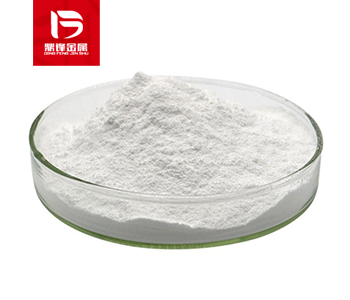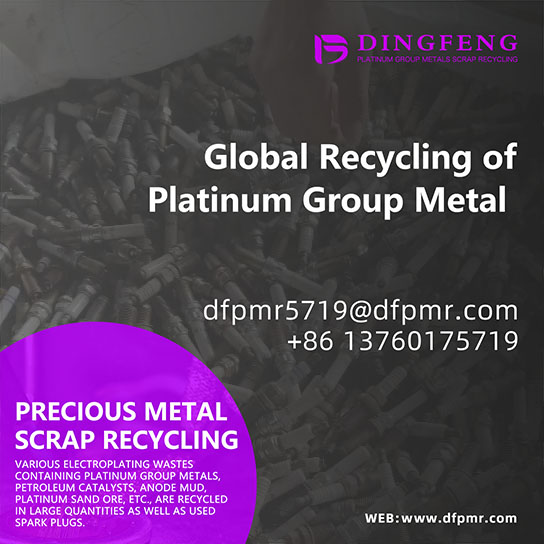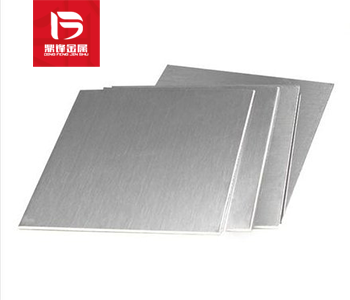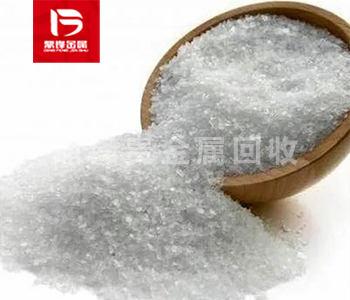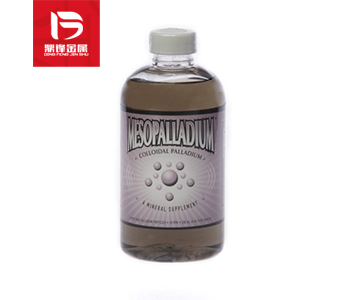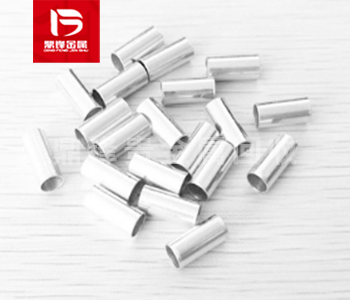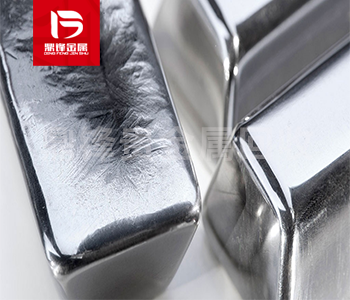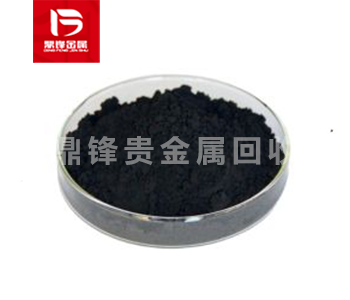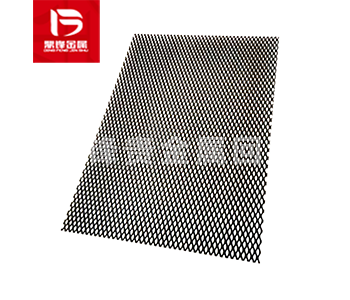Tantalum lithium oxide recovery_ Recovery price of tantalum containing compounds_ Rare metal recycling and refining manufacturers
Lithium tantalum oxide (LiTaO3) is an important inorganic compound with a wide range of applications, such as electronics, optics and acoustics. Waste lithium tantalum oxide is one of the sources of tantalum waste recycling. Tantalum waste recycling also includes tantalum carbide recycling, tantalum oxide recycling, metal tantalum recycling, tantalum silicide recycling, metal tantalum recycling, tantalum nitride recycling, tantalum powder recycling, tantalum capacitor recycling, etc.
Product Details
Tantalum lithium oxide (LiTaO3) is an important Inorganic compound, which has a wide range of applications, such as electronics, optics and acoustics. It is a crystal with high melting point and good optical properties, which can be used to prepare electronic components, optical devices, and acoustic devices.
Preparation method of tantalum lithium oxide:
1. High temperature Dry media reaction is one of the common methods to prepare tantalum lithium oxide. The principle of this method is to make tantalic acid react with Lithium carbonate to form tantalum lithium carbonate at high temperature. First, mix a proper amount of tantalic acid and Lithium carbonate powder in stoichiometric proportion. Then, the mixture is placed in a high-temperature furnace and reacted at high temperatures, usually at a temperature above 1000 degrees Celsius. After a certain period of reaction, the reaction product is taken out and cooled and crushed to obtain tantalum lithium oxide powder.
2. Solid phase sintering is an improved method of high temperature Dry media reaction method. The main difference of this method is that while the reaction is carried out at high temperature, a certain amount of sintering agent, such as boric acid or sodium carbonate, is also added. These sintering agents can promote the reaction and densification of the product, improve the crystallinity and physical properties of tantalum lithium oxide.
3. Hydrothermal synthesis is another commonly used method for the preparation of tantalum lithiate. The principle of this method is that under the hydrothermal condition of high temperature and high pressure, an appropriate amount of tantalic acid and alkali metal ions (such as Lithium hydroxide) are reacted in aqueous solution to generate tantalum lithium oxide. First, tantalic acid and Lithium hydroxide powder are dissolved in an appropriate amount of aqueous solution, and then the solution is sealed in a high-pressure container for high-temperature and high-pressure treatment. Usually, the reaction temperature is above 150 degrees Celsius and the pressure is above tens of megapascals. After a certain period of reaction, the reaction product is removed, filtered, washed, dried, and calcined to obtain tantalum lithium oxide powder.
4. The solvothermal method is another solution method for preparing tantalum lithium oxide. The principle of this method is to make tantalic acid and alkali metal ions (such as Lithium hydroxide) react in organic solvent to form tantalum lithium carbonate by properly controlling reaction conditions and reactant concentration. The advantages of solvothermal method for preparing tantalum lithium oxide are mild reaction conditions, short reaction time, high product purity, and strong controllability.
Waste tantalum lithium oxide is one of the sources of recovery of tantalum waste. The recovery of tantalum waste includes Tantalum carbide recovery, tantalum oxide recovery, metal tantalum recovery, tantalum silicide recovery, metal tantalum recovery, tantalum nitride recovery, tantalum powder recovery, tantalum capacitor recovery, etc. If you have any demand for tantalum containing waste recycling, please call our 24-hour service hotline. Dingfeng Precious Metal Recycling and Refining Factory has its own recycling and refining factory without intermediaries to earn price differences. Our professional technical team and customer service personnel provide one-on-one services to ensure customer privacy during the recycling process.


